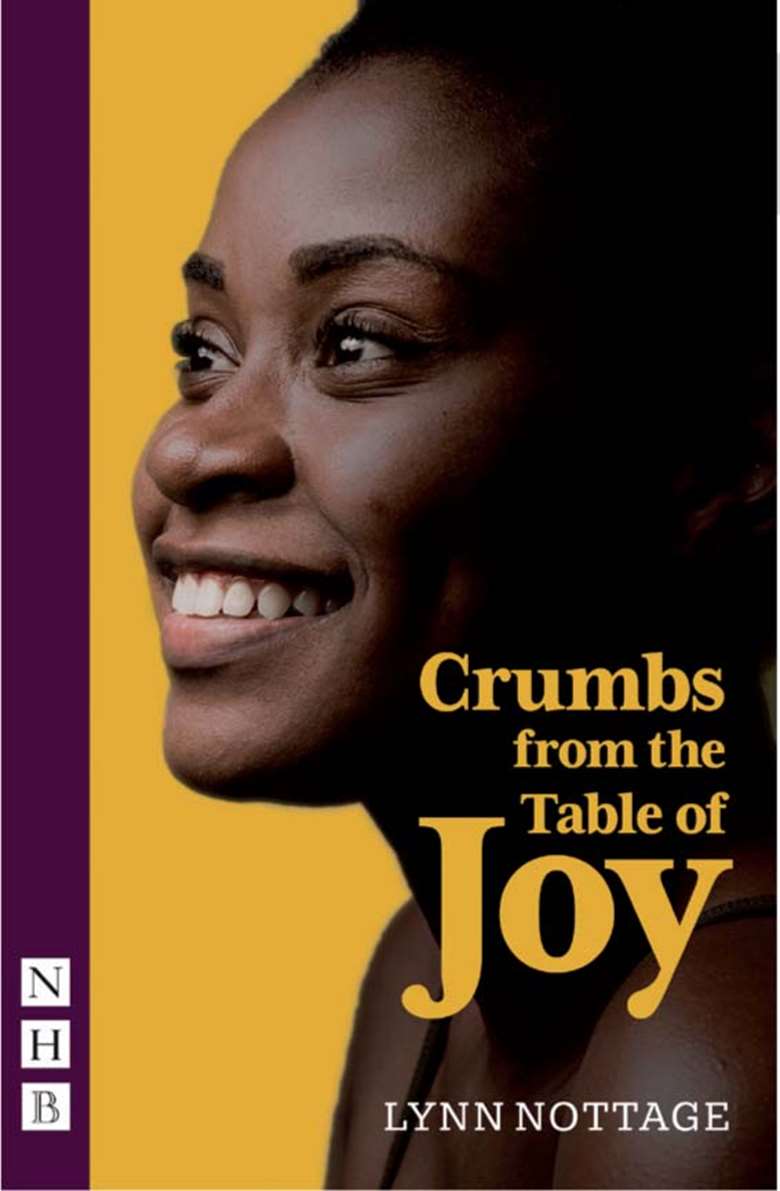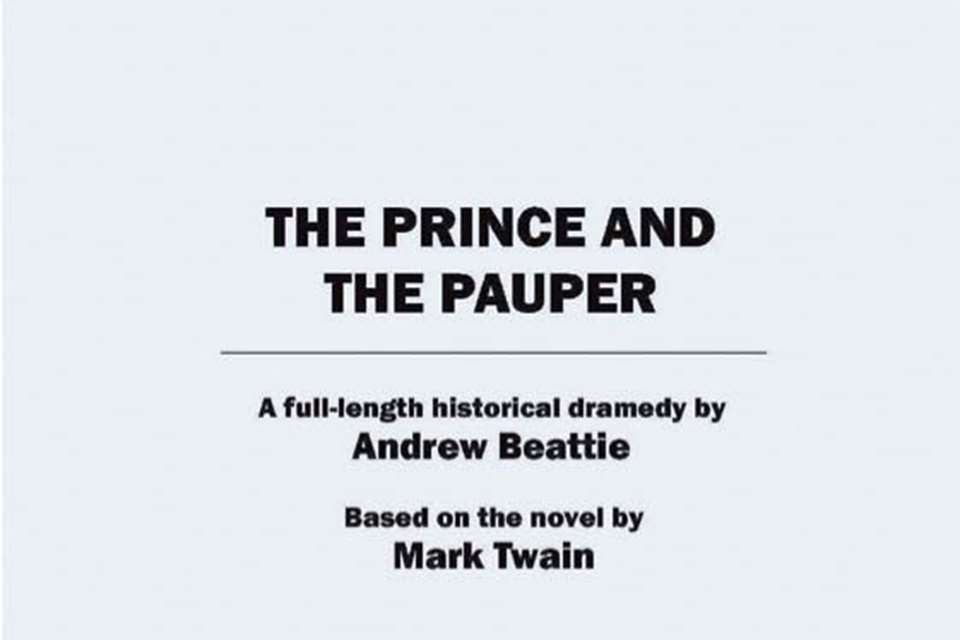Crumbs from the Table of Joy
Alicia Pope
Wednesday, September 1, 2021
A welcome addition to any drama library, suitable for many areas of secondary study

Crumbs from the Table of Joy premiered in 1995 at the Second Stage Theatre in New York. Lynn Nottage has written many plays that have been produced in the US and throughout the world; she was the first woman to win the Pulitzer Prize for Drama twice.
Crumbs from the Table of Joy is a memory play set in 1950s Brooklyn and is the coming-ofage story of Ernestine Crump, a seventeen-year-old on the verge of high school graduation. The play explores the social issues and racial prejudices of 1950s America.
The Crumps are living in difficult circumstances, recently widowed Godfrey is being enchanted by the doctrines of Sweet Father Divine while his teenage daughters Ernestine and Ermina are desperately seeking to escape the racial prejudices they face. Things are shaken up with the arrival of free-spirited Lily, the sister of Godfrey's late wife and aunt to his children. Lily is a self-proclaimed communist giving Ernestine and Ermina a different focus and urging them to ask questions. Things take an interesting turn when Godfrey meets Gerte, newly arrived from Germany, on the train. Ernestine and Ermina are astonished when Godfrey arrives home with Gerte and announces that she is his wife. As Ernestine's graduation draws closer and she tries to focus on sewing the graduation dress her mother had started, we see the struggle that the girls face with their new white stepmother and the racial difficulties Godfrey and Gerte face as a mixed couple.
Crumbs from the Table of Joy is a play that would be a welcome addition to any drama library. It is a text that is suitable across all secondary age groups and would offer many areas for study. The relationship between the sisters, Ernestine and Ermina, could be the focus for much on- and off-text work as well as offering good opportunities for creative writing.
As well as the strong relationships in the play, its themes are engaging and relevant as much now as when the play was set; division, racial prejudice, coming of age, bereavement, and family all offer students great opportunities for creating their own theatre.


